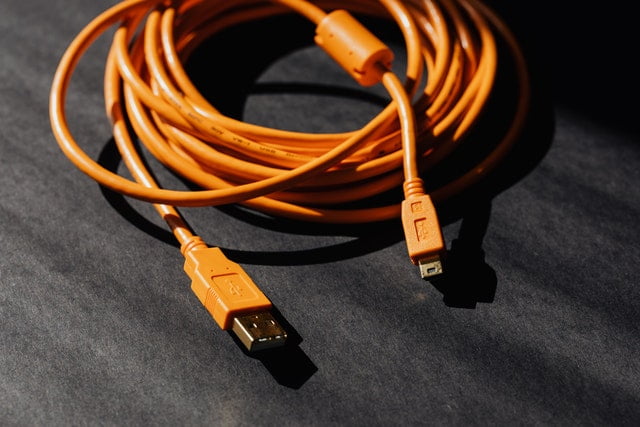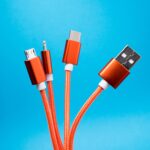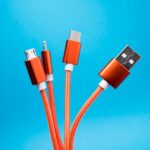We’ve all heard about micro-USB ports. They’re often located at the bottom of our smartphones or tablets, and have since been making appearances on a plethora of modern products and technology. Many consumers, however, are unaware of the benefits of micro-USB charging, particularly when it comes to speedy charging. Thus, read on to discover this quick rundown of micro-USB and how it works.
The Micro-USB Today

To truly comprehend the concept of a micro-USB, one must first comprehend the term “USB.” You may be more familiar with USB-A ports, which are found on many laptops and desktop PCs. A micro-USB is a miniature USB connector found on the end of most charging cables for smartphones and tablets. It connects through micro-USB to the micro-USB port of your phone or tablet.
Today, three types of micro-USB connectors are available: micro-A, micro-B, and Type-C. Each one is unique in terms of shape, inner workings, and performance speed. Type-C is the most distinct of the three, and it is the road that the bulk of hardware makers have adopted.
The Function of the Micro-USB
Micro-USBs are utilized for more than just charging phones. Almost all recent charging devices use Micro-USBs (such as cameras and GPS gadgets).
When plugged into a wall outlet or your computer, the micro-USB wire powers your device (and normally comes with an adapter that plugs into a wall outlet and has a USB-A connection for the micro-USB cord). It also connects your device to a desktop or laptop computer, allowing you to view photos, files, and other media directly from your desktop.
The Speed

Charging your devices is not an easy task. This takes time, especially when dealing with more complex electronics that demand larger batteries, which you won’t have if you’re leaving in five minutes since you forgot to charge your phone overnight. A plethora of fast charging technologies has been created.
If you bought a new phone in the last several years, you probably remember it charging quickly when you initially plugged it in. It’s a great idea, but make sure you’re using a genuine, approved quick-charge charger, as inferior quick-charge chargers can seriously damage your phone.
So, where do USBs fit into all of this? Quick Charge should be compatible with virtually every USB cable, including micro and Type-C, although results may vary. Whichever cord you choose, it will quickly charge your phone.
The Rise of the USB-C
Despite its endurance, the micro-USB connector is losing favour in the smartphone industry. It has been surpassed by USB Type-C, a vastly improved connector with a plethora of features. It is reversible and allows faster charging and data transfer than micro-USB.
While micro-USB connectors are still used in some goods, such as Bluetooth headphones and some low-cost phones, USB-C connectors are projected to become more common in the future.
Conclusion
If there’s anything we should know about technology: it’s the fact that it evolves fast. We see exactly this as the different types of USBs adjust to the needs of the times and are enjoyed by many people of all generations. Beyond this, it’s great to see things unfold as it has for the micro-USB and its advantageous functions for everybody.
Are you looking for micro-USB cables? Mobile Shark offers a varied collection of genuine, high-quality phone cases, covers, and screen protectors by top manufacturers. Browse our collection today and get exclusive discounts!


